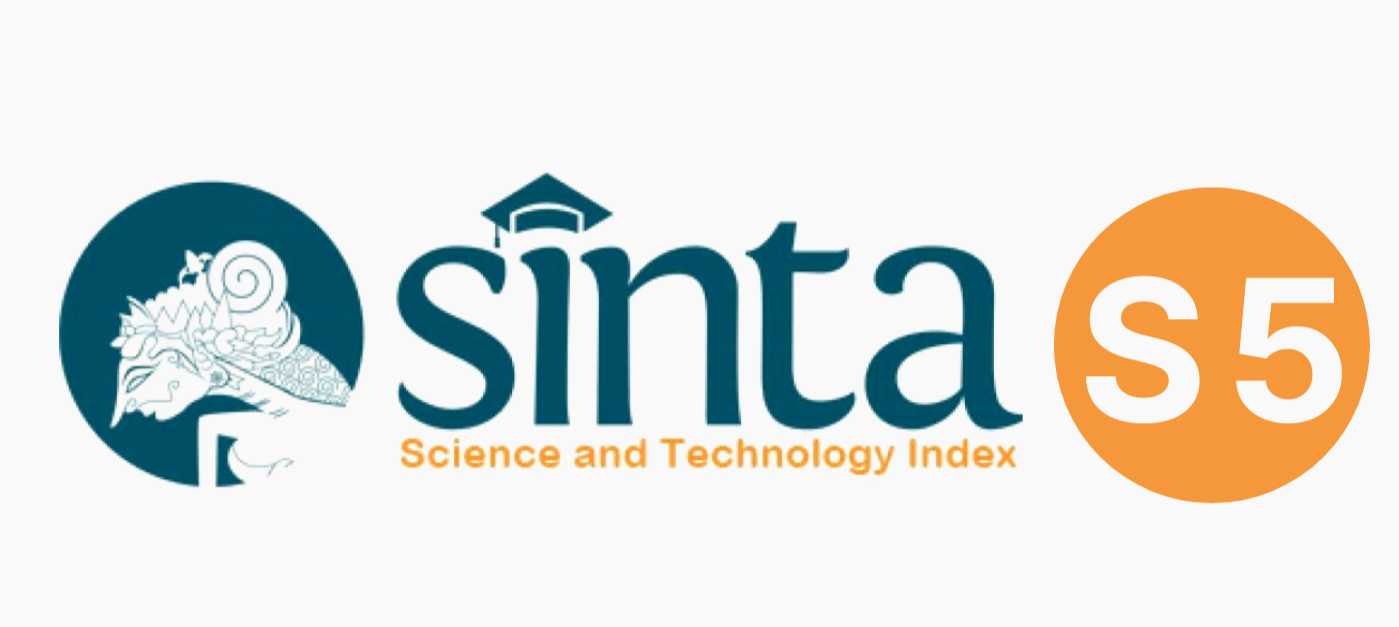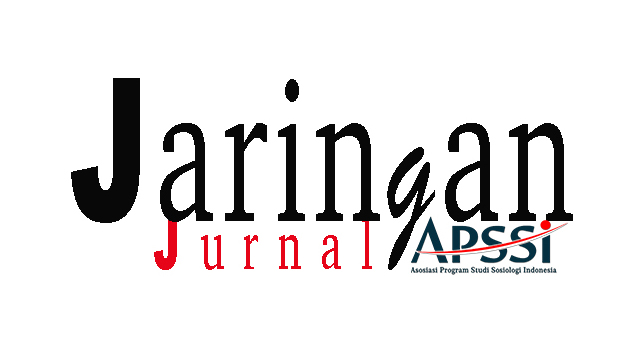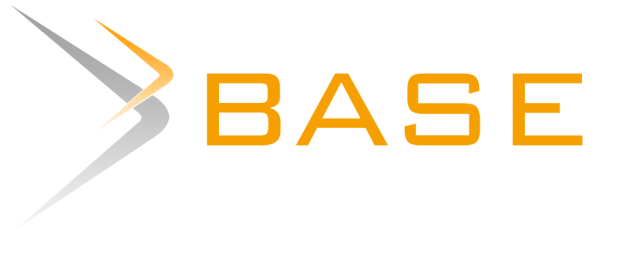Shodaqoh Sampah: Perempuan Dalam Pengelolaan Sampah di Dusun Sukunan, Desa Banyuraden, Gamping, Daerah Istimewa Yogyakarta
 Abstract: 298
/
Abstract: 298
/  Abstract: 126
/
Abstract: 126
/  Abstract: 0
Abstract: 0
DOI:
https://doi.org/10.47753/je.v1i1.12Keywords:
Shodaqoh of rubbish, rubbish, environment and womenAbstract
The Shodaqoh of rubbish is collective behavior are changed rubbish become a good things from residue. Women have been dominant activities, in the classifications of rubbish in the household, make product handy craft, socialization, supply accommodation to guest in training of rubbish management. This research use qualitative method. Explore data trough in-depth interview and observation as primer data. Ecofeminism perspective believe that all of activities women must be done by awareness, not only by social construction that women are feminine and care. All of activities women in Dusun Sukunan are not suitable with Ecofeminism perspective. They done because of nature character. So the awareness process must be done. ÂReferences
Budiman, Arief. 1985. Pembagian Kerja Secara Seksual; Sebuah Pembahasan Sosiologis tentang Peran Perempuan di dalam Masyarakat. Jakarta. Gramedia Pustaka Tama
Kusumantoro, Sri Muhammad, 2013, Menggerakan Bank Sampah, Yogyakarta, Laboratorium Sosiologi
Muryanti, 2012, Perubahan Makna Peran Domestik Perempuan di Pedesaan; Studi Kasus Maraknya Usaha Loundry dan Penitipan Anak di Kecamatan Prambanan, Yogyakarta, Yogyakarta, UIN Suka
Poloma, Margaret M. 2007, Sosiologi Kontemporer, Jakarta, Rajawali Press
Wulan, Tyas Retno. 2007. Ekofeminisme Transformatif: Alternatif Kritis Mendekonstruksi Relasi Perempuan dan Lingkungan, Jurnal Sodality, April 2007
http://gudeg.net/id/directory/15/1815/Desa-Wisata-Lingkungan-Sukunan.html#.VCMhHaPGawE, 25 september 2014
http://gudeg.net/id/directory/15/1815/Desa-Wisata-Lingkungan-Sukunan.html#.VCMhHaPGawE, 25 september 2014
Downloads
Additional Files
Published
Issue
Section
License
Articles published in Jurnal Empirika are licensed under the International License of Creative Commons Allowance-ShareAlike 4.0. The author is free to use any media to copy, change, or redistribute the paper, provided the author gives credit to the original author and this journal, links to the license, shows if modifications have been made, and redistributes it in the same permission. The author grants the right to any third party to use their posts following the Creative Commons Attribution-Share Alike International 4.0.












